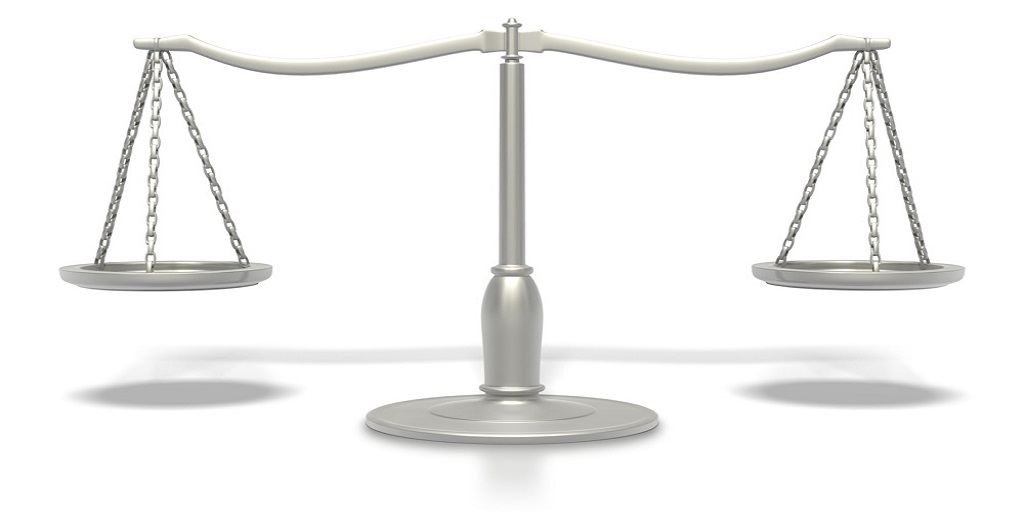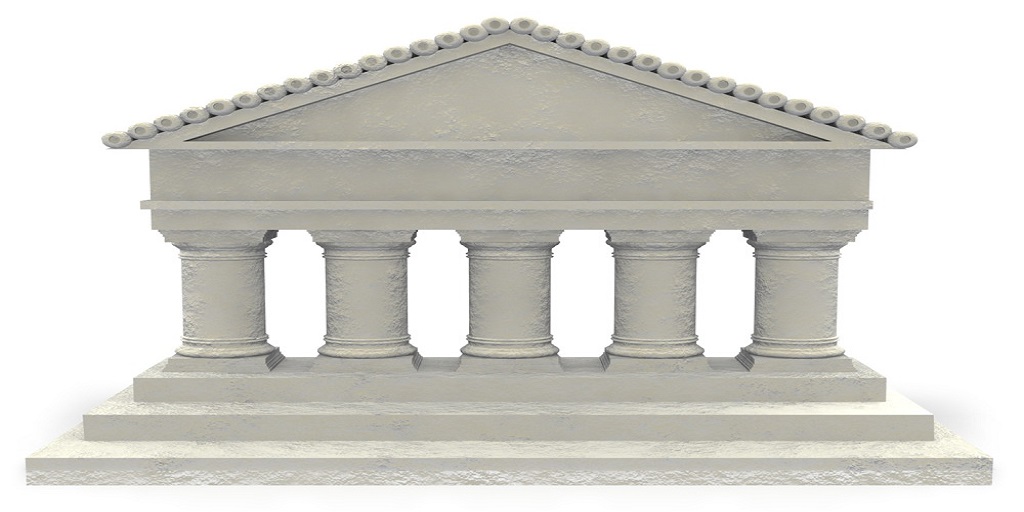“Patent Reform Act of 2010” and “First Inventor to File” Rule Change

Leahy stated, “When Senator Orrin Hatch (R-Utah) and I started this process several Congresses ago, along with Congress members John Conyers Jr., Howard L. Berman, Lamar Smith and others in the House, we wanted to improve patent quality and the operations at the PTO, and address runaway damage awards that were harming innovation. We are close to a compromise that will address these issues. No one will think this a perfect bill, but we are close to a comprehensive patent reform bill that benefits all corners of the patent community.”
The 2010 amendment of the “Patent Reform Act” proposes a number of so-called improvements that are the subject of other LoTempioLaw blog posts (See the list below). This post is directed at the proposed change regarding First-Inventor-to-File.
First-Inventor-to-File
The proposed change does not call for a “First To File” system as some people mistakenly believe; it proposes a “First Inventor To File” system. Remember you cannot file a patent application in either system unless you are the inventor. Because two people can independently invent the same thing at different times there may be a race to the patent office by two inventors.
The current US system awards a patent to the inventor who is the first to invent regardless of whether the application was the first to be filed in the patent office for that invention. The new system will reward the inventor who wins the race to the USPTO and files the first application.
In the current US system, when two inventors seek a patent on the same invention the fact finder must determine who invented it first (it doesn’t matter who filled it first). The proposed “First Inventor To File” system will minimize Issues such as
- whether an inventor “abandoned, suppressed, or concealed” the invention
- “when was first conception,”
- “when was actual reduction to practice” and
- “if the inventor used reasonable diligence coming to the patent office with the invention”
People now question if a first-inventor-to-file system is put in place will big business always beat the independent inventor to the patent office to file a patent application? Under Secretary of Commerce and USPTO Director David Kappos, says that there is a big misconception regarding “First Inventor To File.”
With the “First Inventor To File” system there is no risk of business beating the independent inventor to the patent office to file a patent application because the interloper is not an inventor. All filers have to sign an oath and declaration under penalty of criminal sanctions.“This leaves only the issue of simultaneous, non-collaborative invention—what we call interferences. The chances that a patent will be subject to interference based on a first to invent claim—that’s our current system—is .01%. In 2007—the most recent year for which we have statistics. The total number of interference cases for all applicants of all sizes that were decided based on a priority claim was seven! Of those seven decisions, only one involved a small or medium sized entity, and not a single one was won by an independent inventor who was the second to file. That means we already essentially have a first inventor to file system.”
Is this a naive view of the world? Or will non-inventors race to the office to file applications and basically say, hey prove I didn’t invent this invention. Will more litigation result because of this proposed change in the patent law? Or will the independent inventor just lose out on his/her invention because they won’t have the wherewithal to fight it out in court even if he/she is the only true inventor?
The Professional Inventors Alliance USA viewpoint is that this provision will not guarantee that the actual inventor will be granted the patent.
“It creates conditions for very poor prior art, which is the existing knowledge of a similar innovation known to the general public. It burdens examiners with questionable applications by non-inventors. It creates a new malpractice liability for patent practitioners who may not beat another party to the patent office, thereby increasing the potential for litigation.
Kappos thinks the benefits will be reaped in the cost savings when filling internationally,
“… all other countries in the world use a “First Inventor to File” system. The change in the Patent Reform Bill will streamline the process for you to acquire patent rights and reduce your costs in seeking rights outside of the United States as you consider entering the global marketplace. This change will make it easier for you to “go global” with your invention.”
Personally, I think this argument is much to do about nothing. I haven’t heard many inventors consciously say I know it is a “first inventor system” so I don’t care if somebody else files before me. I think that even with the system as it is now, inventors still believe that it’s vitally important to be the first to file. Being the first to file always has its advantages. Even the patent office recognizes a patent application as a “constructive reduction to practice.” I’m sure that if inventor observes an application pending in the United States Patent and Trademark Office for their invention he/she is less likely to go forward and file a second in line application regardless as to whether it’s a “First Inventor to File” or a “First Inventor to Invent” system.
The new amendment to the “Patent Reform Act of 2010“ proposes a number of so-called improvements that are the subject of other LoTempiolaw Blog posts:
- First-Inventor-to-File
- Pre-grant submission of prior art
- Patent marking statute
- Administrative post-grant review of patents
- Litigation Reforms
- Best Mode
- Inequitable Conduct
- Damages
- Willful Infringement
- Venue
- Pilot Program for District Courts
- Patent Fee Setting Authority and Ending Diversion
- Senator Leahy Uses Bilski to Push Patent Reform

.jpg)



March 23, 2010 @ 5:48 am
Finally an intelligent discussion about patent reform. I agree that the change to “First inventor to file” is much to do about nothing. All of the expense to determine time of conception and reduction to practice is eliminated creating a more efficient system.